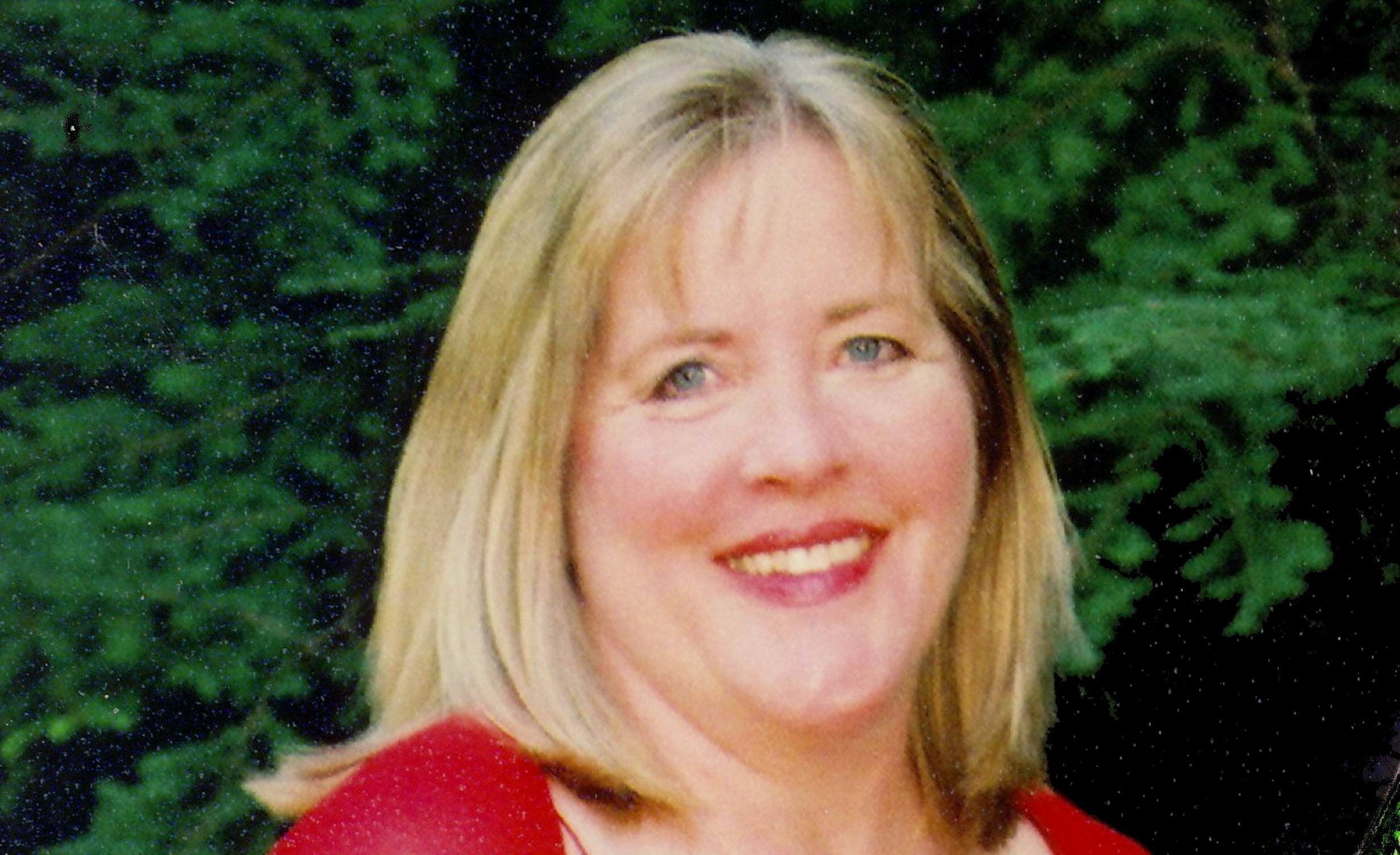Don’t you wish Jane Austen could have enjoyed the same kind of romance and happy ending she carefully crafted for each of her heroines? Perhaps she did after all!
This was my inspiration for The Persuasion of Miss Jane Austen. I also drew a bit of inspiration from this photo, which I took of a balcony overhanging the Grand Canal of Venice.
 I had read a couple of other novels that gave Jane Austen romance, but always with a tragic ending. So I still wasn’t satisfied; I still wanted more for her! And yet how could I manage to write a romantic happy ending for a woman that everybody knows died young without ever marrying? That was going to be a real challenge – to work within the framework of her known history, but with a better-and-yet-still-plausible outcome.
I had read a couple of other novels that gave Jane Austen romance, but always with a tragic ending. So I still wasn’t satisfied; I still wanted more for her! And yet how could I manage to write a romantic happy ending for a woman that everybody knows died young without ever marrying? That was going to be a real challenge – to work within the framework of her known history, but with a better-and-yet-still-plausible outcome.
So I couldn’t write that Jane Austen met her true love at 19, married him, had six kids, and lived happily ever after. That obviously wouldn’t work. It would have to be a different kind of love story altogether, one that took time to mature, one that allowed for her productive writing years. Perhaps something along the lines of Persuasion? Hmm. That was it: early love thwarted, long separation, and finally a poignant reunion. But why would we not have known about the love of her life before? Why no record of him and their relationship in Jane Austen biographies? The only possible explanation was that there had been a need for secrecy, a reason it was necessary for this part of Jane’s life to have remained hidden and strictly private. Once I figured out what that reason was, everything else about the story fell beautifully into place!
Below is my Author’s Postscript for the novel with more about my rationale for the alternate ending to Jane Austen’s life, and how fact and fiction dovetailed together to form The Persuasion of Miss Jane Austen. It is honestly one of my favorite parts of the whole book!
(SPOILER ALERT: What follows contains spoilers for those who have not already read the book, which is now published in its entirety on this site. IMPORTANT UPDATE 2/12/20: The entire book is no longer available here at Austen Variations, only the first five chapters as a free sample. Beginning reading them here: Part One. Then I hope you will choose to continue on your own!
The Persuasion of Miss Jane Austen is now available in paperback, e-book, and audio.
Author’s Postscript
 I am a novelist, not a historian, and I feel most comfortable in the world of fiction. So, when the idea for this book came to me, I viewed crossing over into the lives of real people with some trepidation. My intention was to write a plausible alternative for Jane Austen, my favourite author, without contradicting any of the known facts. But I quickly discovered that wasn’t going to be easy.
I am a novelist, not a historian, and I feel most comfortable in the world of fiction. So, when the idea for this book came to me, I viewed crossing over into the lives of real people with some trepidation. My intention was to write a plausible alternative for Jane Austen, my favourite author, without contradicting any of the known facts. But I quickly discovered that wasn’t going to be easy.
First, for me to learn everything that is supposedly “know-able” about Jane Austen would take years. At the same time, however, hard facts and specifics about her are in limited supply. She didn’t leave a diary behind, and she didn’t achieve enough fame in her own lifetime for biographers to begin taking notes. We do not even have an accurate image of what she looked like.
Much of the pieced-together information about Austen’s life comes to us via family remembrances and through the surviving letters she wrote herself. These sources are incomplete, open to interpretation, and potentially biased. I used this to my advantage. It occurred to me that if Jane Austen wished certain truths expunged from the record or carefully constructed falsehoods added, she would likely have found ready co-conspirators in her own family, as I have suggested in the story line. And “blanks” in documentation left me free to invent what might have happened.
That being said, allow me to share a few fact-versus-fiction specifics.
The general timeline presented in this book is accurate, to the best of my knowledge. Jane Austen lived at Steventon, Hampshire, where her father was rector, for the first twenty-five years of her life. When Reverend George Austen retired, he moved his family to Bath. After his death in 1805, the Austen females found themselves in reduced circumstances and were without a settled home again until 1809, when they were given the use of the cottage at Chawton by Jane’s wealthy brother, Edward Austen Knight.
Anna Lefroy (whom Jane called “Madam Lefroy”) was Jane’s close friend and mentor for many years. Tom Lefroy was also a real person in Jane’s life, with whom she had a brief but flagrant flirtation. Harris Bigg-Wither, an unappealing family friend six years Jane’s junior, did propose marriage. Jane, at age 27, accepted him at first but then reversed herself the next morning.
Other than her aunt and uncle (briefly mentioned), the people Jane meets and interacts with in Bath and Sidmouth are invented, as, alas, is Captain Devereaux. He is a product of my own fevered imagination. But, since authors constantly draw upon their own life experience, it didn’t seem so improbable to me that Austen might have based her character Captain Wentworth on someone she had actually encountered.
In addition, during the years they spent in Bath, the Austens did take summer holidays at seaside locations, including Sidmouth, with Charles Austen joining them for the summer of 1802. According to something Cassandra told a family member years later, Jane had had a romance with an unnamed man, who was supposedly a clergyman, on one of these visits to Sidmouth. Cassandra reportedly considered this mysterious gentleman to have been the one true love of her sister’s life. He was expected to propose, but then came the devastating report that he had died.
Here, as with the question of which of Jane’s letters were preserved for posterity and which ones were destroyed, Cassandra has been the filter through which we have received our information. What we are told about her sister is only what Cassandra wanted us to know or believe.
Jane Austen’s death is, of course, the most difficult obstacle to overcome. She began feeling unwell around February of 1816 and, by the time she finished writing Persuasion (originally called The Elliots) in early August, her health was failing from a still undiagnosed illness. Symptoms improved for a time, and then worsened alarmingly in April of 1817. In May, she was sent to Winchester for medical care, accompanied by her sister. Mary Lloyd Austen joined them in June to assist with the nursing. Despite the efforts of her physician Mr. Lyford, Jane died there on July 18th.
Or did she? I prefer to believe she cheated death. I prefer to think of her living out her days abroad, a permanent but sublimely content exile, alongside the man she loved for a lifetime.
I will leave you with this excerpt from the last chapter of Atonement by Ian McEwan, which ably sums up my reasoning:
Who would want to believe that they never met again, never fulfilled their love? Who would want to believe that, except in the service of the bleakest realism? I could not do it to them… No one will care what events and which individuals were misrepresented to make a novel. I know there is a certain kind of reader who will be compelled to ask, “But what really happened?” The answer is simple: the lovers survive and flourish… I like to think that it isn’t weakness or evasion, but a final act of kindness, a stand against oblivion and despair, to let my lovers live and to unite them at the end.
Respectfully,
Shannon Winslow

That’s a wrap, folks! I hope you have enjoyed The Persuasion of Miss Jane Austen. I’d enjoy hearing your comments and be pleased to answer any questions you have about the book. (I also have some Book Club Discussion Questions here, for your consideration, in case you’re interested.)
The Persuasion of Miss Jane Austen is now available in paperback, e-book, and audio.

Recent Comments